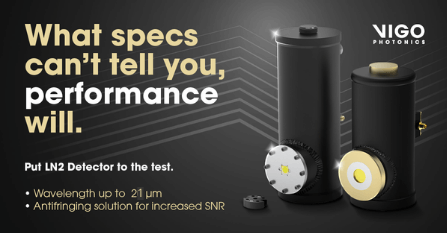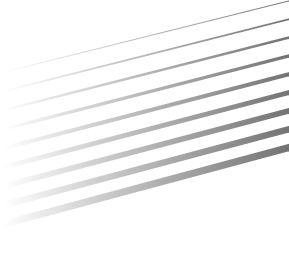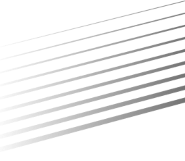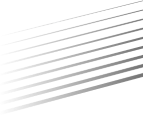Meeting complexity with flexibility: Developing VIGO’s LN2-Cooled detector

What motivated VIGO to develop a new line of liquid nitrogen (LN2)-cooled detectors? The answer lies in a continued response to specific customer requirements.
Zofia Nowak-Pawlińska, Senior Product Engineer, and Jędrzej Mijas, Application Engineer discuss the ongoing relevance of LN2-cooled detectors in demanding applications such as FTIR spectroscopy, the key challenges encountered during product development, and the innovations that distinguish this solution from others available on the market.
Why the LN2 detector? What is the motivation behind the creation of this product?
Zofia Nowak-Pawlińska, Senior Product Engineer at VIGO Photonics: As all of our products, the LN2 detector line started as an answer to customer demand. When VIGO was established, it offered unique HOT (High Operating Temperature) detectors made from HgCdTe material that did not require LN2 cooling and those are still a mainstay of our portfolio. However, some applications still require parameters only achievable by cooling the detectors to cryogenic temperatures - like liquid nitrogen’s 77 K. We still see significant customer needs.
Jędrzej Mijas, Application Engineer at VIGO Photonics: Having experience of almost 40 years with manufacturing TE-cooled and uncooled HgCdTe detectors, we were confident that with the introduction of this new line of products our know-how will also enable us to offer detectors for the most demanding applications.
What are the actual applications for the LN2 detectors?
JM: Providing high SNR and wide spectral range makes LN2 detectors especially desirable for users of high-end FTIR spectrophotometers (Fourier Transform InfraRed). The HgCdTe material has a property of increasing its spectral range with lower operating temperature of the chip. Therefore when the goal is to detect wavelengths above 16 um, the TEC detectors stop being a viable choice. Alternatively one can use thermal detectors, e.g. pyroelectrics, however these have significantly lower specific detectivity (D*) not meeting the highest requirements. It turns out that only LN2-cooled detectors can simultaneously meet low noise and broad spectral range requirements. In laboratory-used FTIR spectrometers, supply of liquid nitrogen is usually no problem, and instruments used in the field can benefit from the detectors packaged in flatpacks, which can be integrated on Stirling coolers.
What was the biggest challenge while working on the product?
ZNP: Performance of those detectors is highly dependent on the test setup in which it works. Finding correlations between our measurement results and users requirements can be challenging and that’s why we encourage our partners to test the detectors themselves. Adding to that, our characterization process usually uses figures of merit like D* or current responsivity, and what counts in FTIR setups is the SNR (signal-to-noise ratio) of the complete system. The SNR as well as D* are defined for a given frequency which gives another layer of complexity when defining the specification of the detector.
JM: The results can even vary from one FTIR design to another, as the optical system used inside can be different - there is no one standard for field of view, optical flux on the detector, etc. That is also why our detectors are a good fit in these applications - we are flexible when it comes to the detector’s properties and mechanical design.
What innovations have been implemented, and how does the LN2 detector stand out from the competition?
ZNP: Our AF (anti-fringing) solution reduces the etalon effect happening inside the detector chip, as well as the amount of the noise caused by energy reflected back to the optical system. From the user's point of view this results in less noise in the spectral response curve of the detector which translates to enhanced SNR of the whole system.
JM: We have the whole production process, starting from in-house epi growth, located at our HQ and are therefore able to offer custom solutions based on the standard LN2 product line to meet users' unique requirements. Different configurations of the product, like spectral ranges, packages, active area sizes or FOV are available to fit specific systems.
Would you like to learn more about VIGO’s LN2 detectors?
Go to the product site with all parameters, datasheet and technical drawing







